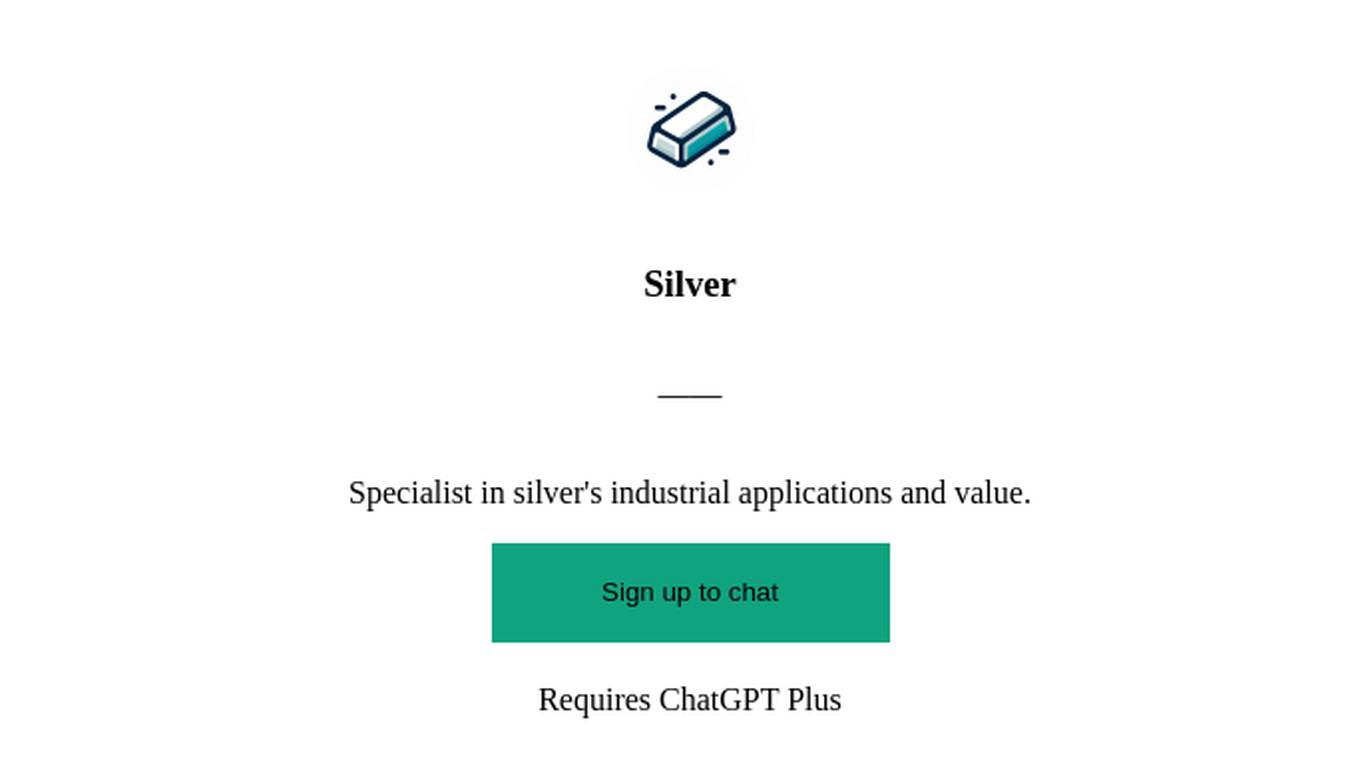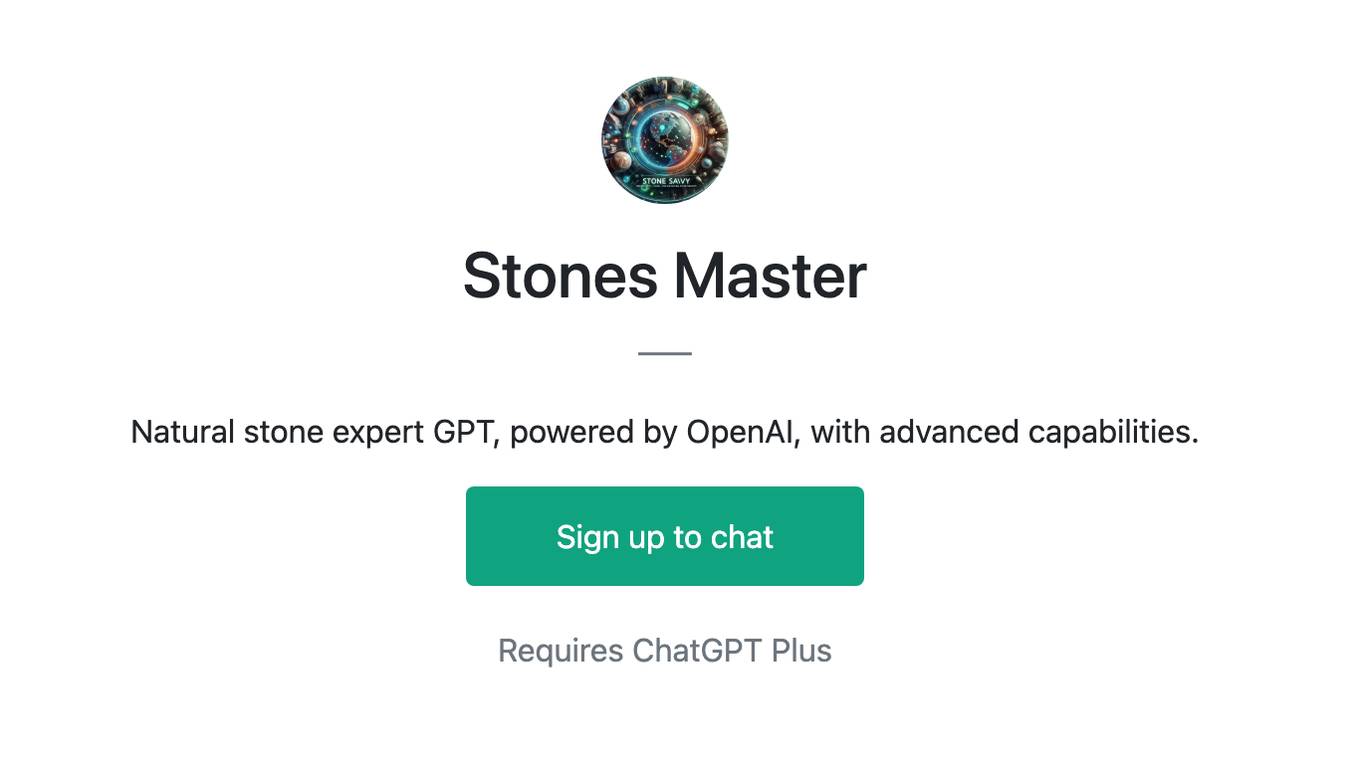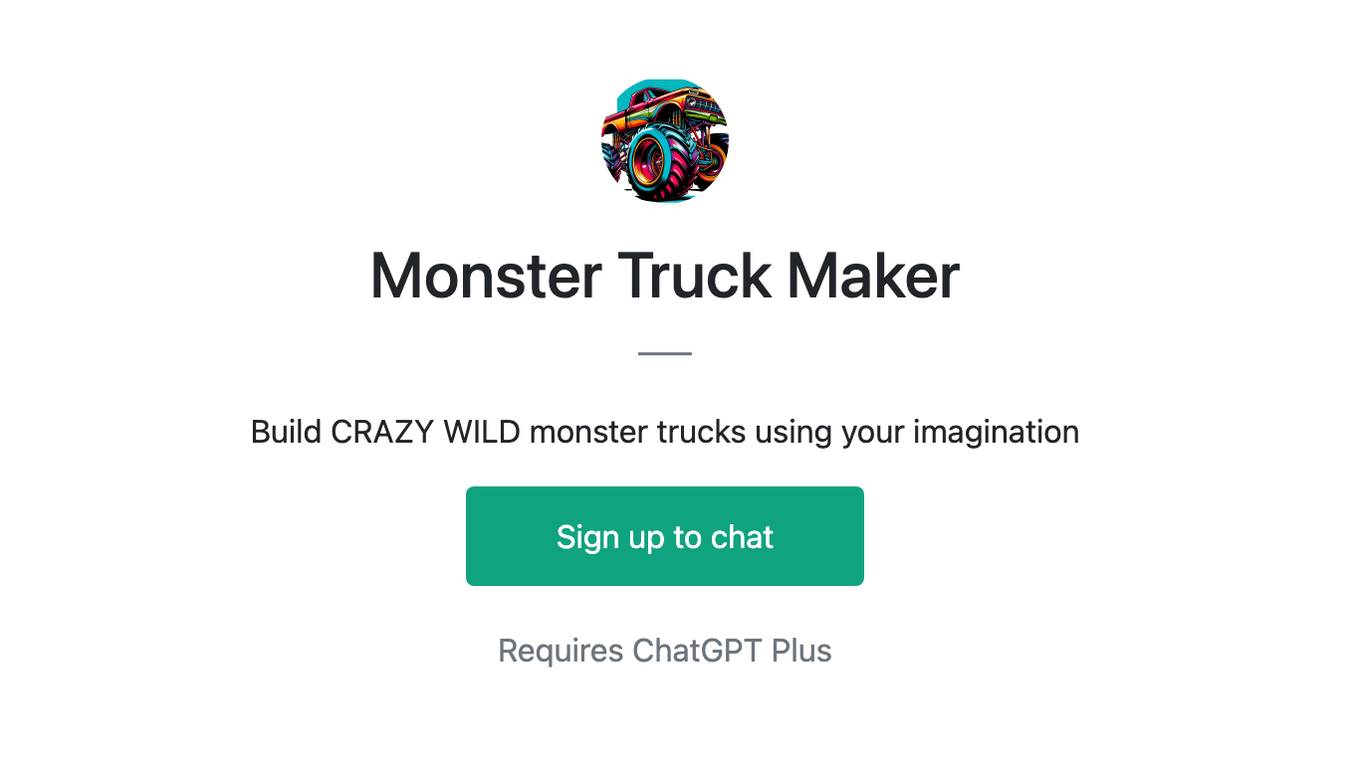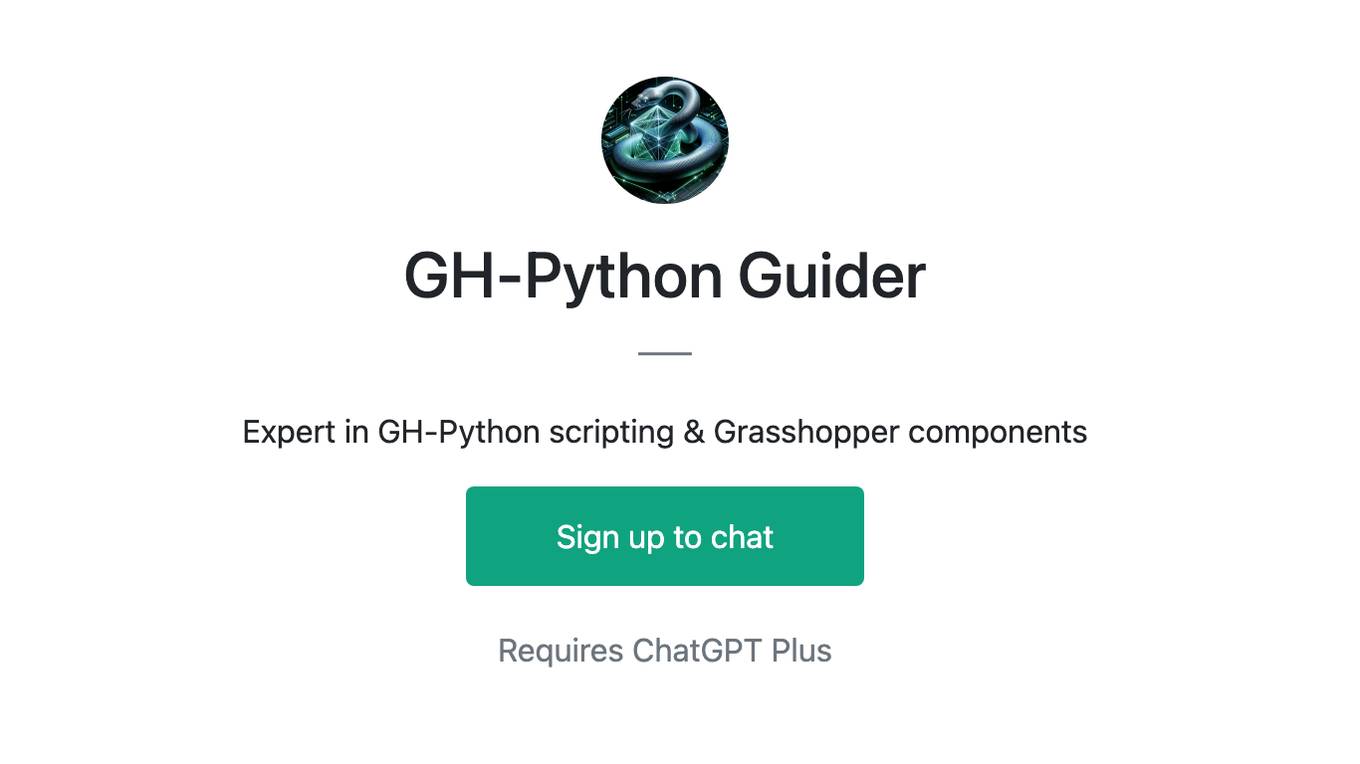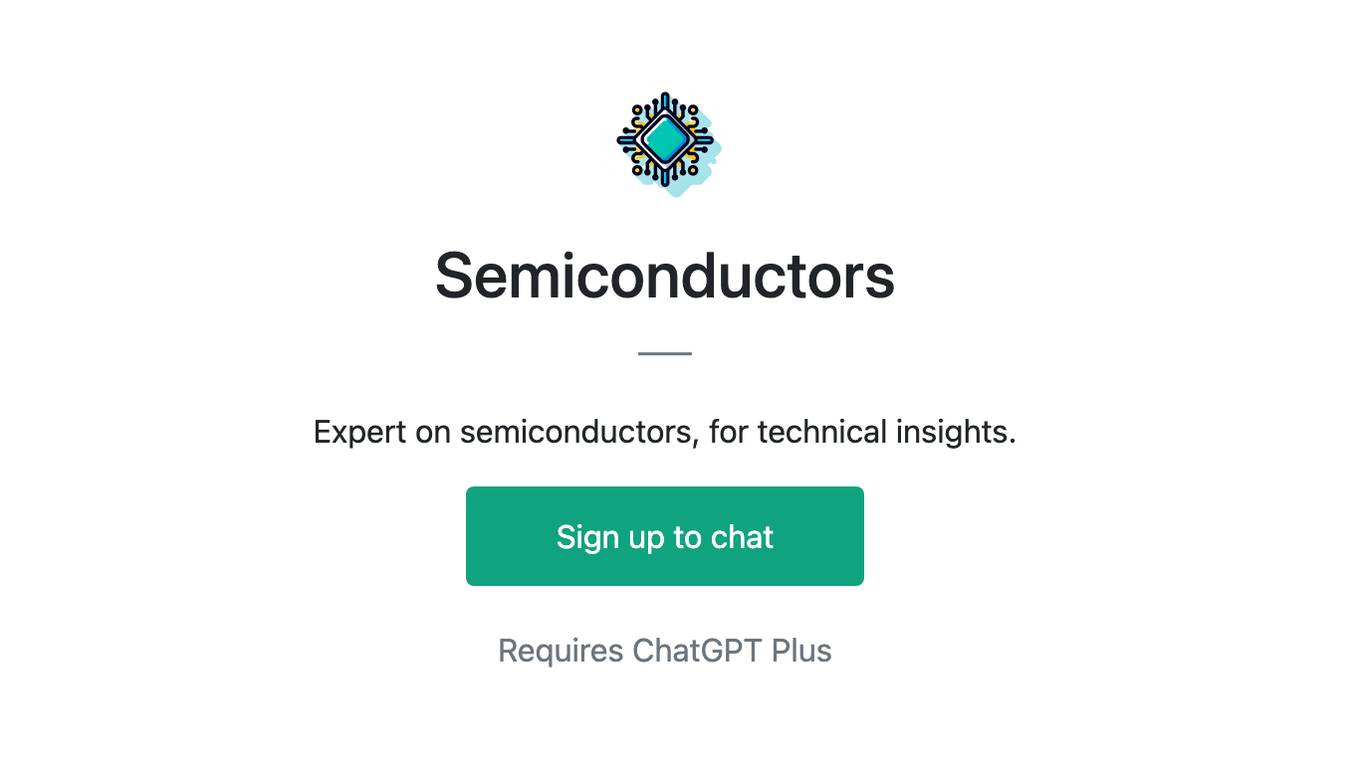Best AI tools for< Fabricator >
Infographic
3 - AI tool Sites
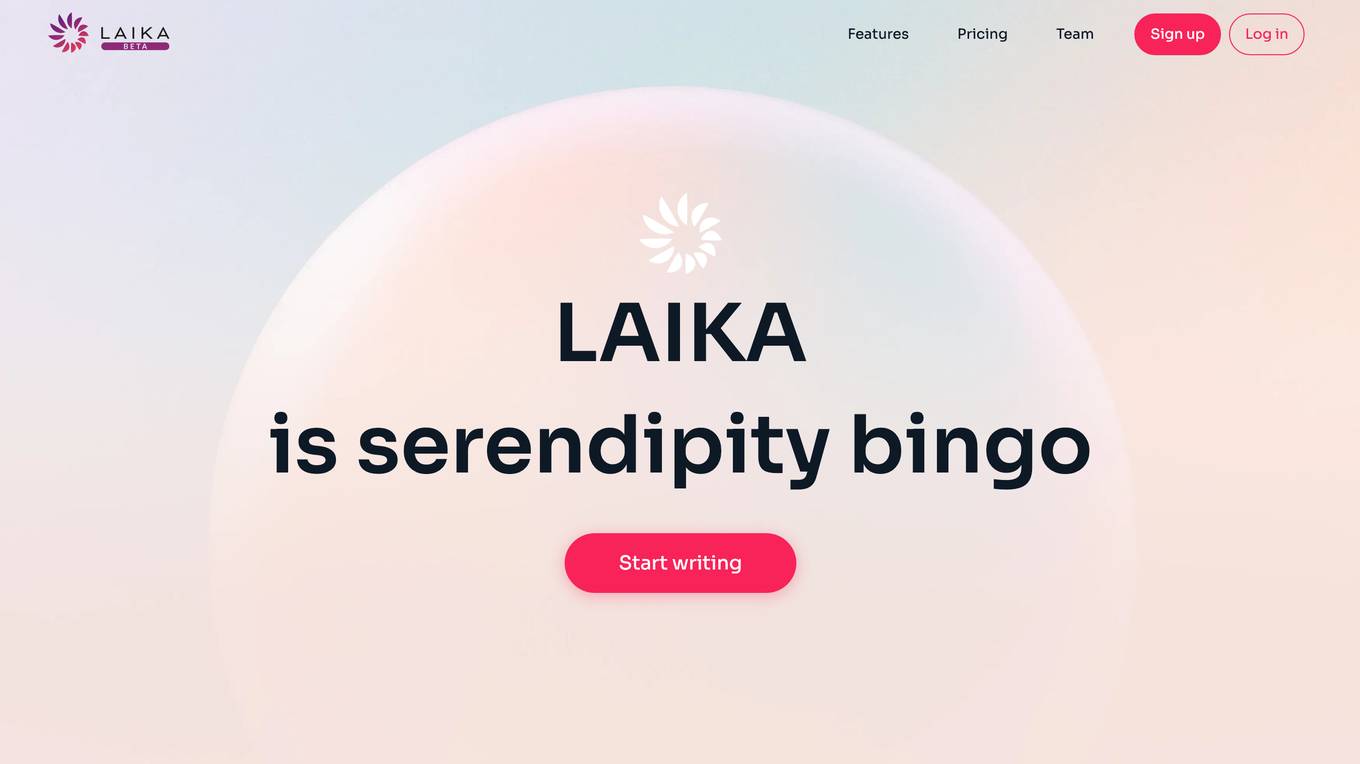
Laika
Laika is an AI-powered writing assistant that helps you write better, faster, and more efficiently. With Laika, you can generate text, translate languages, summarize documents, and more. Laika is designed to be easy to use, so you can get started right away. Just type in your text and Laika will do the rest.
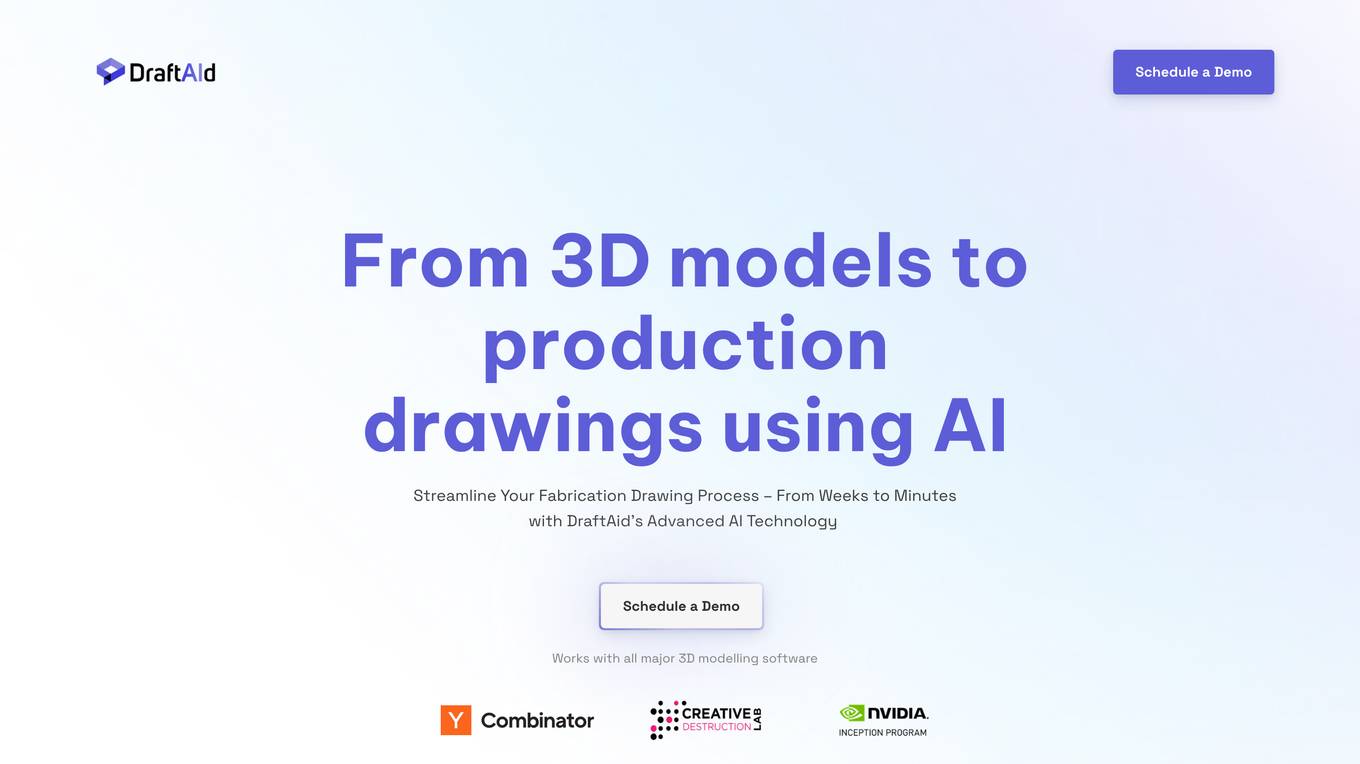
DraftAid
DraftAid is an AI-powered drawing automation tool that streamlines the fabrication drawing process, reducing the time from weeks to minutes. It integrates seamlessly with existing CAD software and offers extensive customization options to align with specific project requirements, delivering consistently accurate and high-quality drawings.
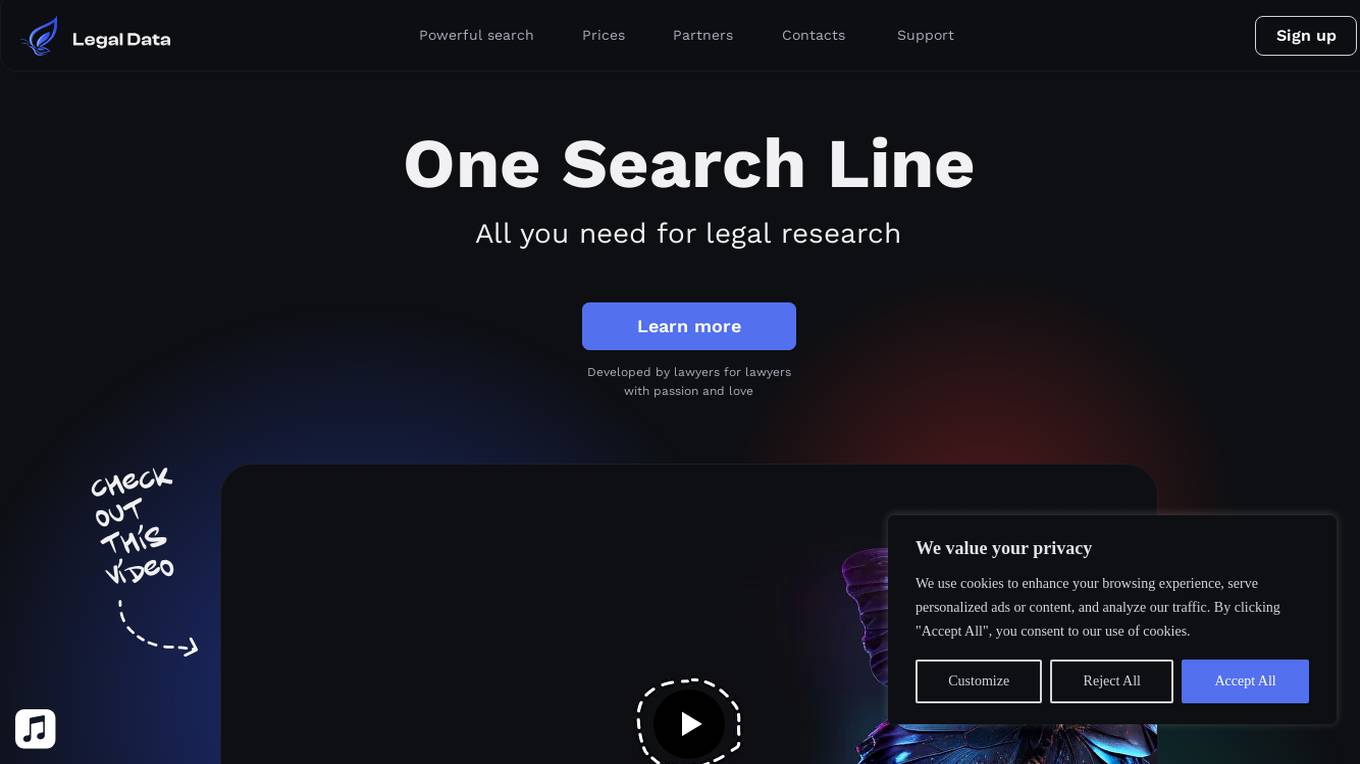
Legal Data
Legal Data is a comprehensive legal research platform developed by lawyers for lawyers. It offers a powerful search feature that covers various legal areas from commercial to criminal law. The platform recognizes synonyms, legalese, and abbreviations, corrects typos, and provides suggestions as you type. Additionally, Legal Data includes an AI-assistant called FlyBot, trained on carefully selected laws and cases, to provide accurate legal answers without fabricating information.
0 - Open Source Tools
9 - OpenAI Gpts
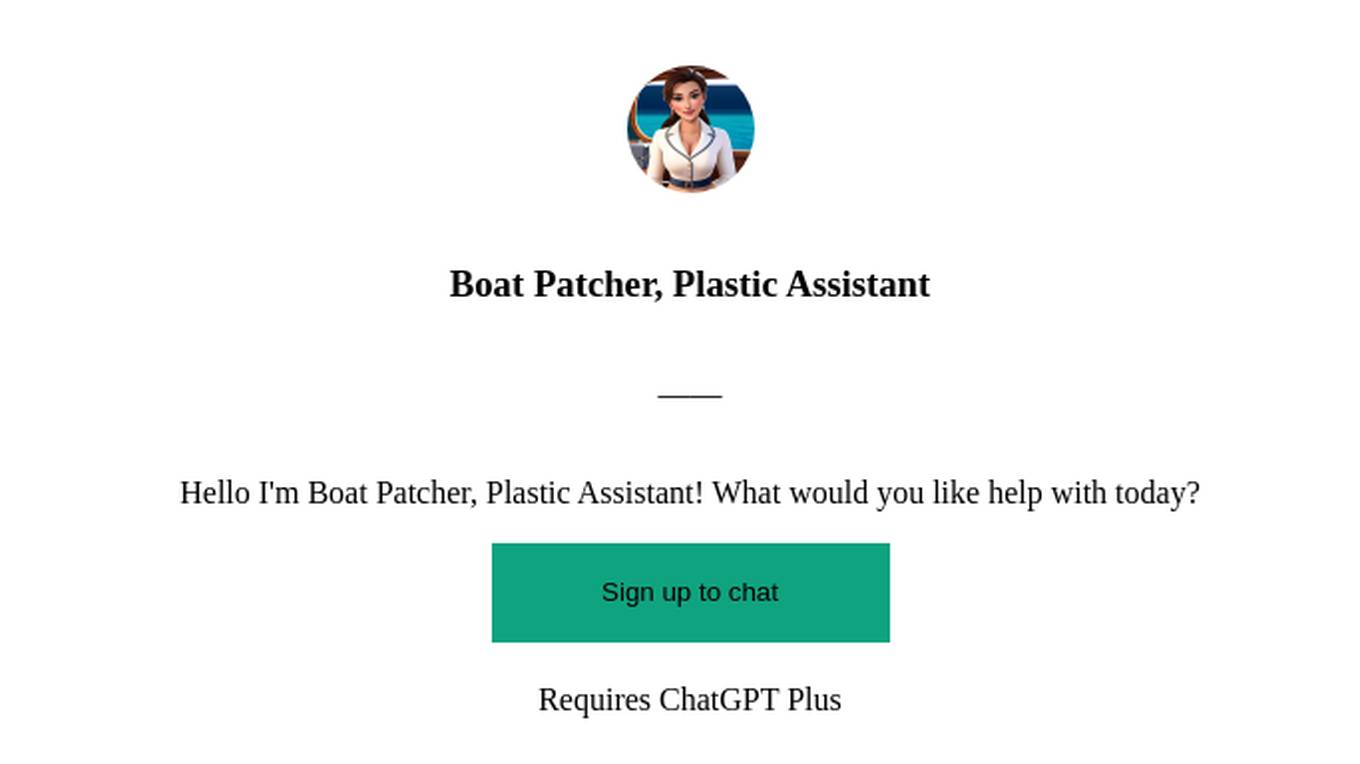
Boat Patcher, Plastic Assistant
Hello I'm Boat Patcher, Plastic Assistant! What would you like help with today?
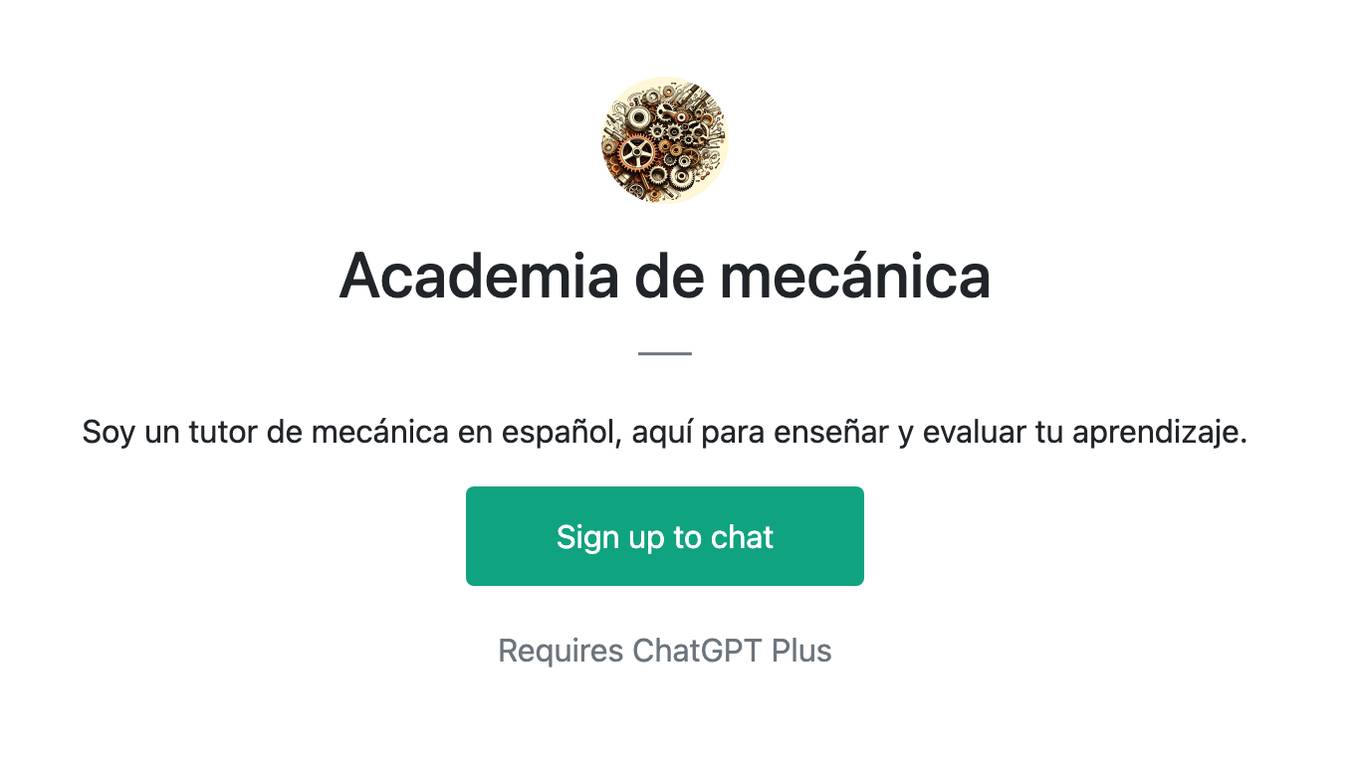
Academia de mecánica
Soy un tutor de mecánica en español, aquí para enseñar y evaluar tu aprendizaje.
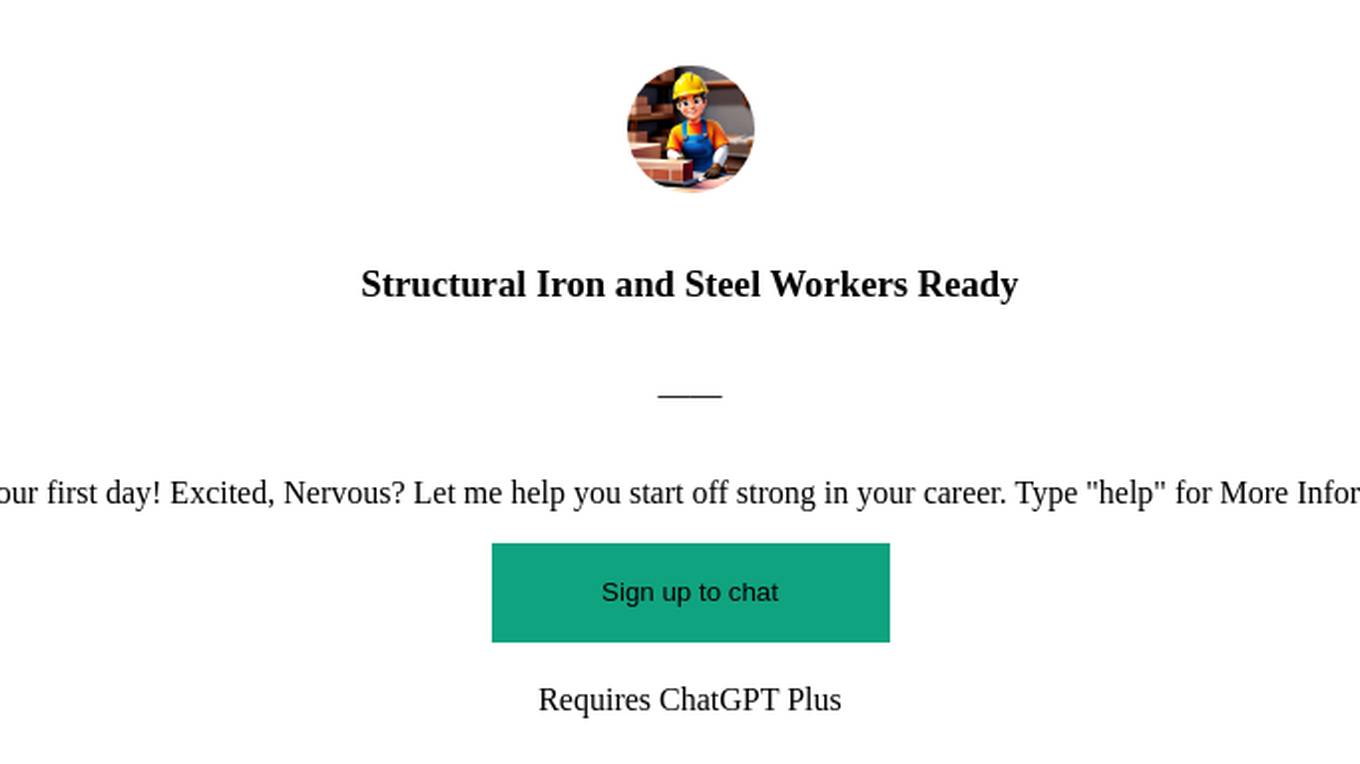
Structural Iron and Steel Workers Ready
It’s your first day! Excited, Nervous? Let me help you start off strong in your career. Type "help" for More Information
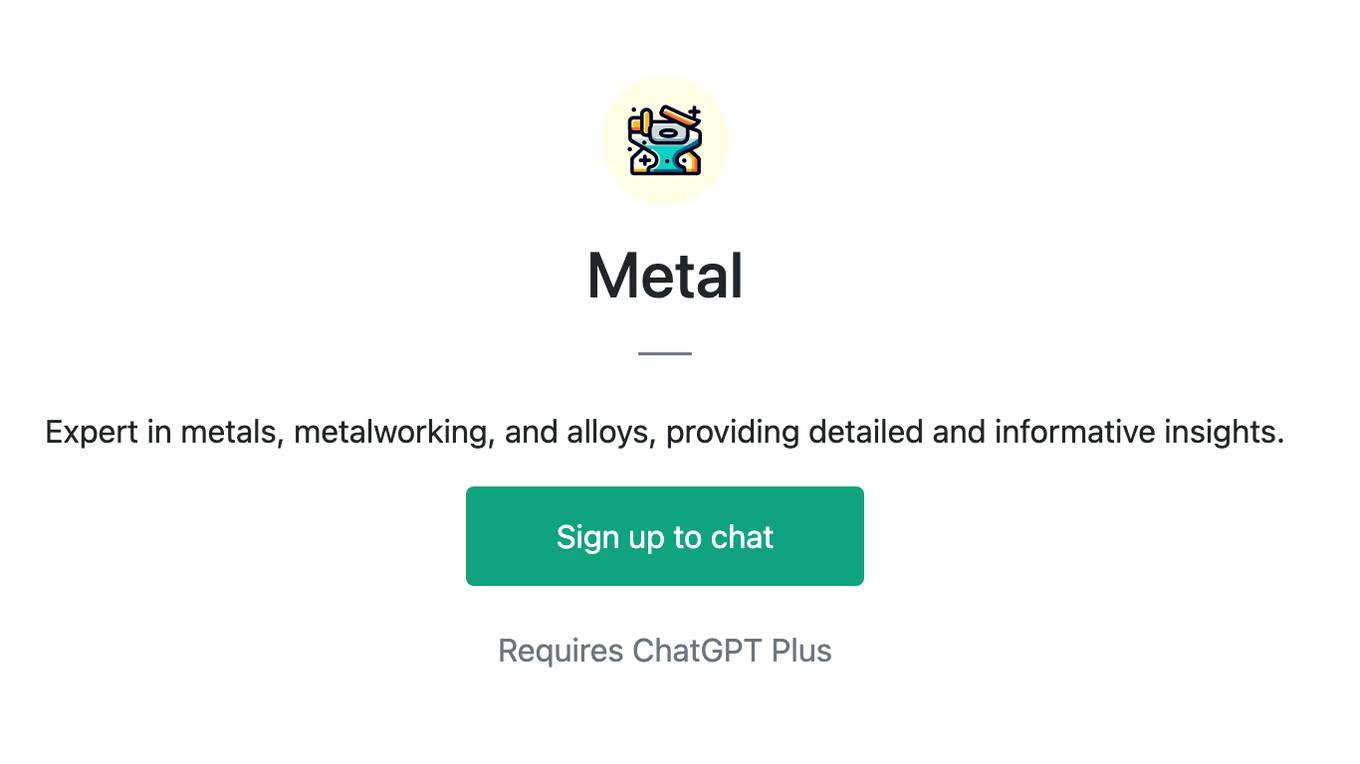
Metal
Expert in metals, metalworking, and alloys, providing detailed and informative insights.
